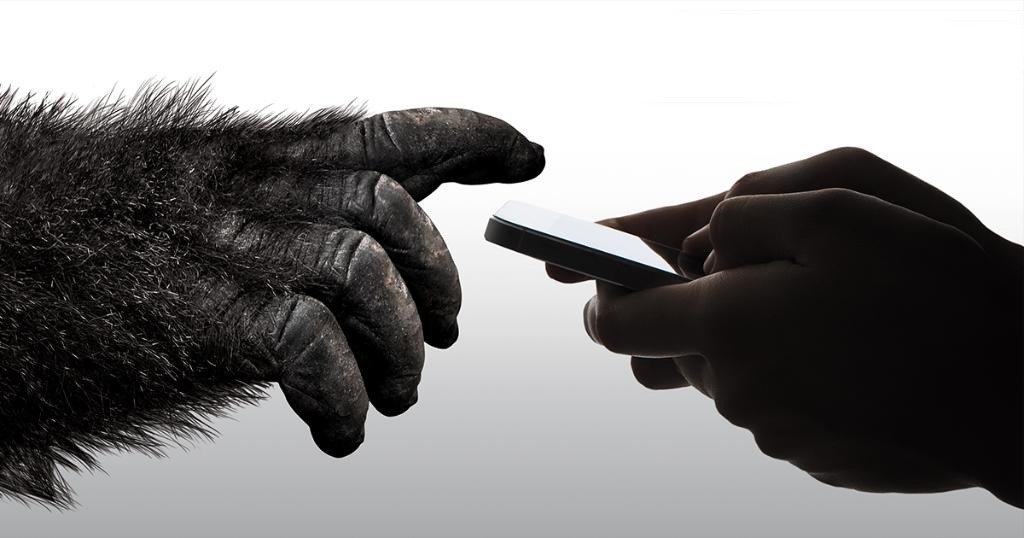Every iPhone screen has a barcode to prevent a manufacturing scam
Apple spent millions to add a barcode to iPhone displays in order to save being charged hundreds of millions by manufacturers claiming faulty screens that may not have been.

Chinese display firms Lens Technology and Biel Crystal have been controversial over their alleged use of forced labor, and Apple has been accused of letting such accusations slide. But the company has not shied away from monitoring the two firms and their claims of manufacturing problems.
A new report from The Information stops well short of saying that the two display companies ever falsified their reports to Apple.
However, it does claim that 30% of iPhone screens used to be thrown away as faulty, reportedly costing Apple hundreds of millions of dollars. Following Apple's creation of a new barcode system etched into the glass, the failure rate is now down to 10%.
Hidden QR codes help Apple keep reported failures down
There are actually two QR codes in every iPhone screen, and they are added to different points, at different stages of manufacture. The Information is inconsistent about the size of the codes, saying that one is the size of a grain of sand, but later describing that as 0.2mm.
It's possible the publication intended to refer to the second code, which is larger and described as being about the size of the tip of a crayon.
But it's the smaller one that is there specifically because of the defective panels. Apple reportedly spent millions in 2020 to add the code to the manufacturing process, and to then scan the finished display for that at the end of production.
Also reportedly, Lens Technology and Biel Crystal have previously stymied Apples efforts to determine the true rate of defects, but it's not explained how. Any significantly large number of defects does raise overall production costs, however.
Two sources told The Information that the smaller barcode is a matrix of 625 dots embedded with lasers. It's also not in the same spot on every iPhone.
It is somewhere in every iPhone display, though, and that reportedly caused difficulties. Embedding the code originally weakened the screen, to the extent that drop tests would often show cracks in the glass starting from the location of the code.
Through creating new scanning techniques using special microscopic lenses and pairing them with ring lights, Apple was able to avoid etching the code too deep into the glass.
Apple continues to use raw glass from Corning, a company it regularly invests in. But that raw material is shipped to Lens Technology and Biel Crystal for shaping.
If the one, smaller code is there to keep a track of displays that are only allegedly faulty, the second code is there for genuine faults. The larger code lets Apple know which of the two firms supplied this truly broken display.
It's possible, even likely, that Apple records more information than just the manufacturer. It's more likely that this second code could contain enough detail to narrow down issues to specific batches of display production.
Read on AppleInsider

Comments
A "barcode" is not the same as a "QR code".
Let's get the editorial standards higher, eh?
And there’s a simple solution if you’re dissatisfied with Apple you can move on to the Windows, Android world, where you can fix, repair cheap things, and mix and match to your hearts content, in short have a ball.
You not caring is not a reason why no one should care. Not everyone gets AC+ and even fewer are close to Apple Stores.
All of Apple's efforts to reduce the benefit to thieves have so far been quite successful, and the benefits accrue to all device purchasers. The drawbacks, however, accrue to individuals who are restricted from repairing their own devices or experimenting with modifications.
It's really hard from the outside to determine whether or not the global benefit outweighs the localised costs. We don't see the reduction in thefts other than by anecdotal reports, nor do we see the impact on device longevity, nor the effect of non-genuine parts on device performance. Apple has a lot of those numbers but chooses not to share them. It's easier to track the costs of repair and replacement, and therefore we naturally give those numbers more prominence. But it might be worth remembering that there are trade-offs being made and we don't have all the information required to make a solid judgement.